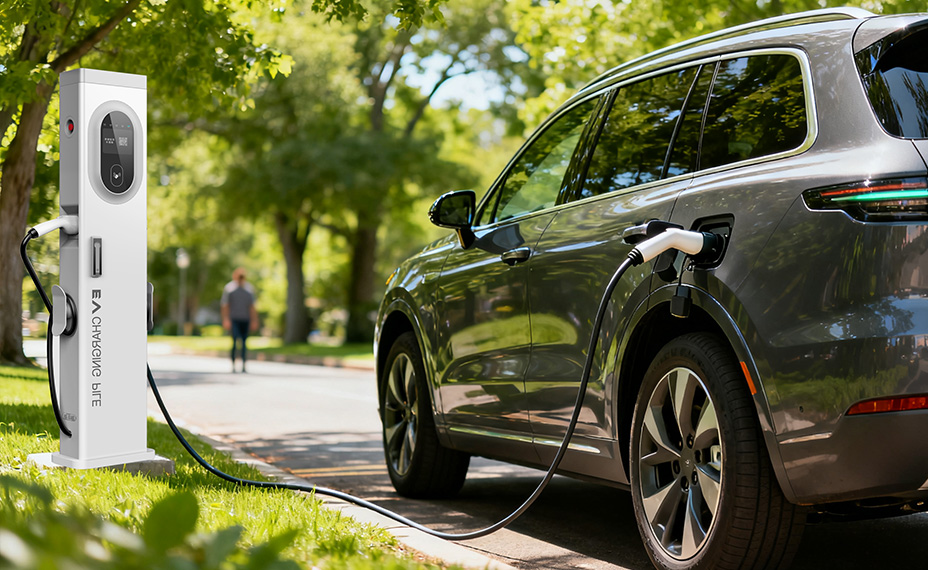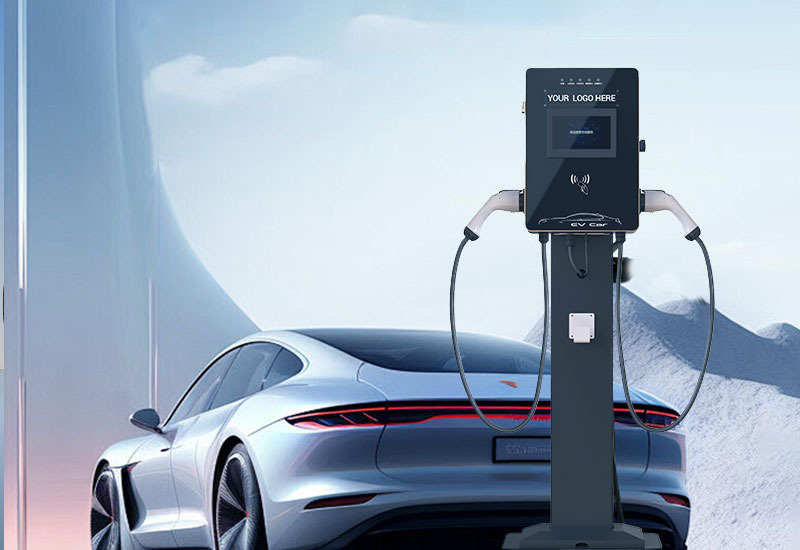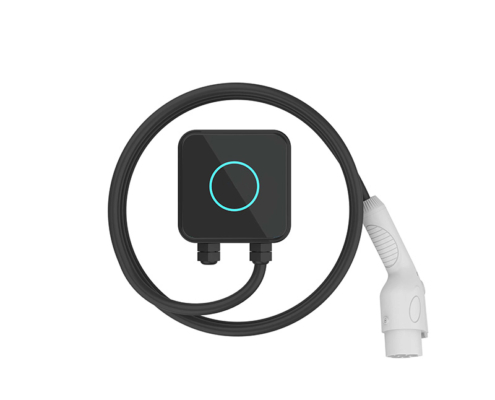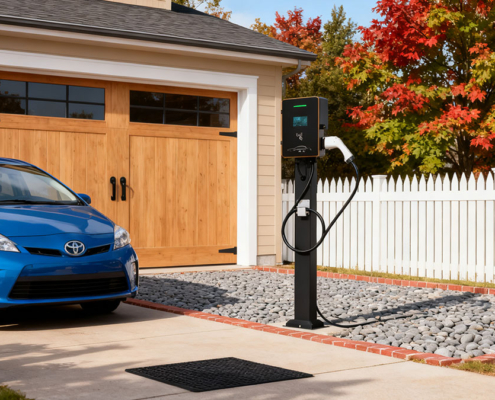
As electric vehicles become part of daily life, charging is no longer just a “tech detail.” It’s part of how people live, work, and travel. Whether you’re a homeowner, property manager, or running a commercial fleet, knowing the difference between Level 2 and Level 3 EV charging can help you make smarter choices.
This guide breaks down AC vs DC charging, charging speed, installation, battery health, and real-world use cases. We keep it simple, clear, and practical—so you know exactly what works best for your situation.
How AC and DC Charging Work
All EVs run on electricity. But not all electricity is the same. Power from the grid comes as AC (alternating current), while EV batteries store DC (direct current). That’s why charging involves converting AC power to DC power.
- AC power alternates direction, the same kind that powers homes and offices.
- DC power flows in one direction. Batteries use DC.
The difference between AC and DC charging comes down to where that conversion happens—inside the car or inside the charging station. That’s the key.
Level 2 Charging: Reliable and Affordable for Daily Use

Level 2 charging is the workhorse of home and workplace charging. It uses a 240V power supply—the same voltage as an electric dryer or oven. Most Level 2 EV chargers deliver 3.3 to 19.2 kW, letting you fully charge your car overnight.
Level 2 chargers use a J1772 connector (or Tesla’s NACS). The on-board charger inside the car converts AC to DC. That limits speed, but it’s safe, stable, and easy to manage. A full charge usually takes 4 to 8 hours, depending on the vehicle.
The setup cost is reasonable. A unit runs $300 to $1,000, with installation typically between $300 and $1,500, depending on your home’s wiring. That’s why residential EV charging is the most common use for Level 2.
Modern smart chargers support Wi-Fi monitoring, load balancing, scheduling, and billing. Many are OCPP protocol compatible, making it easy to integrate with a broader EV charging network.
Level 3 DC Fast Charging: Powering Public Infrastructure

Level 3 charging—also called DC fast charging—is all about speed. These stations convert AC to DC inside the unit and feed power straight to the battery. No on-board charger limits the flow.
Power output ranges from 50 to 350 kW or more. Some stations go beyond 400 kW. That means 20% to 80% charge in 20 to 40 minutes. Some models like Porsche Taycan or Hyundai Ioniq 5 can add over 120 miles in 15 minutes.
Level 3 chargers use 480V or higher voltage, often requiring a transformer and dedicated electrical infrastructure. Common connector standards include CCS, CHAdeMO, and Tesla’s NACS.
The cost is significantly higher: $10,000 or more per unit, plus installation that can run into tens of thousands. Because of that, DC fast chargers are mostly found along highways, at commercial hubs, and in public charging stations—not in single-family homes.
Level 2 vs Level 3 EV Charging: Key Differences
| Feature | Level 2 Charging (AC) | Level 3 Charging (DC Fast) |
|---|---|---|
| Current Type | AC | DC |
| Voltage / Power | 240V, 3.3–19.2 kW | 480V+, 50–350+ kW |
| Conversion Location | In the car | In the charger |
| Charging Time (20%–80%) | 4–8 hours | 20–40 minutes |
| Range per Hour | 15–60 miles | Up to 20 miles per minute |
| Cost per Unit + Install | $600–$2,500 total | $10,000+ plus installation |
| Typical Use | Homes, offices, parking lots | Highways, fleet stations, public |
| Connector | J1772 / NACS | CCS / CHAdeMO / NACS |
| Battery Impact | Gentle, long-term health | Faster aging with frequent use |
👉 In short: Level 2 is your everyday charger, Level 3 is your “get back on the road fast” solution. Both play a role in a healthy EV charging infrastructure.
Common Questions About AC vs DC EV Charging
Q: Is AC charging safer than DC fast charging?
A: Both follow strict safety standards like UL and IEC. AC charging runs cooler and slower, so it’s easier on your battery. But modern DC fast charging stations have strong protections for overvoltage, overcurrent, and temperature.
Q: Does DC fast charging damage EV batteries?
A: Frequent high-power fast charging can increase heat and wear. It’s smart to use Level 2 home EV charging for daily needs and DC fast charging for trips. Keeping your battery between 20% and 80% helps extend life.
Q: Do all EVs support Level 3 charging?
A: No. Some smaller EVs and plug-in hybrids don’t support fast charging. Always check your car’s charging compatibility before using a DC station.
Q: Can I mix Level 2 and Level 3 charging?
A: Yes, and most drivers do. Level 2 at home or work. Level 3 when you’re on the road. Some public chargers even combine AC and DC in one station.
Choosing the Right Charging Solution
Homeowners: Level 2 is ideal for overnight charging.
Property developers: Level 2 chargers can add value to multifamily housing. Leave room for future DC upgrades.
Commercial locations: malls, hotels, offices benefit from Level 2 chargers for long stays.
Highway and public networks: Level 3 fast chargers keep traffic moving.
Fleet operators: use both Level 2 and Level 3, paired with smart energy management.
We offer a complete line of smart EV chargers—from Level 2 wall and pedestal units to high-power Level 3 fast chargers. Compatible with J1772, CCS1, CHAdeMO, and NACS. Backed by large-scale production and proven in 100+ countries.
Build Your EV Charging Network with Confidence
We partner with automakers, energy companies, businesses, and property owners to deliver turnkey charging solutions—from site design and power assessments to installation and system integration.
We can help you apply for local incentives and rebates, and we provide 24/7 remote system monitoring to keep your stations running smoothly.
📩 Contact us today to get your free product guide and custom solution. Let’s build the future of clean transportation—together.







Leave a Reply
Want to join the discussion?Feel free to contribute!